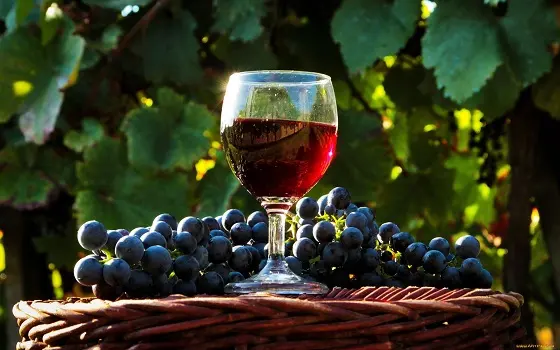A glass of wine paired with a delicious meal is a perfect evening for many, but for newcomers, navigating the world of wine can be intimidating. As summer ends, it’s an ideal time to refresh wine knowledge. Ashley Kientzle, beverage director for Ray’s Restaurants, offers lessons to help guests graduate from wine novice to connoisseur.
Lesson 1: Develop Your Own Palate
Developing a palate for wine takes practice and patience. The key to enjoying wine is to relax and remember that everyone has different tastes. “There’s no right or wrong way to pair wine,” says Kientzle. She encourages taking notes on the aromas, flavors, and textures experienced, and comparing similar wines to identify subtle differences. For example, when a server suggests a buttery Chardonnay, try it and let it sit in your mouth to notice the creaminess. Training your palate takes time, so experiment and explore to refine your taste.
Ordering wine by the glass is a great way to explore different “lessons” in wines, allowing you to try various options in one meal. While some may argue that ordering bottles offers more value, the advantage of wine by the glass is the ability to taste before committing to a full bottle.
Lesson 2: Let the Wine Accentuate the Flavor of the Food
Pairing wine with food enhances the appreciation of how flavors interact. Kientzle explains that pairing expands your palate, and offers the example of smoky food paired with smoky wine, which enhances the flavors rather than canceling them out. She mentions that a wine’s salinity can make it perfect with seafood, like ceviche or oysters, bringing out the flavors and adding excitement to the dining experience.
Kientzle suggests varying wines throughout a meal, starting with a white wine for an appetizer and switching to a red for steak or lamb. She also encourages experimenting with wine pairings at home, even with snacks. For instance, try a buttery Sonoma Chardonnay with movie-style popcorn or a light Pinot Noir with caramel or chocolate popcorn. Barbecue chips pair well with a nice Malbec or Australian Cabernet, while ranch dip is great with a crisp New Zealand Sauvignon Blanc.
Also see: Emirates Elevates In-Flight Wine Experience with L’art du Vin Courses
Lesson 3: More Expensive or Older Isn’t Necessarily Better
Just as the most expensive school supplies aren’t always necessary for success, the price of a bottle of wine doesn’t always reflect its quality or taste. While some expensive wines may be crafted with rare grapes or aged in specific barrels, this doesn’t guarantee a superior experience. Kientzle emphasizes that wine enjoyment is personal, and many affordable wines offer exceptional flavor profiles that can rival or surpass their pricier counterparts.
Ray’s team is knowledgeable and can offer great guidance based on your price range. Kientzle assures that the servers won’t try to sell you something just because it’s expensive—they want to enhance your experience. Additionally, most wines are produced for immediate enjoyment and don’t need to be stored or aged. Kientzle advises that while some wines can be saved for a special occasion, most are ready to be enjoyed right off the shelf.
Lesson 4: Learn About Wines from Different Regions
Learning about wines from different regions is like studying geography—each region’s climate and terrain influence the final product. California wines, especially those from Napa Valley, are known for their bold, fruit-forward profiles, making them an ideal starting point for beginners. California Pinot Noirs are particularly recommended for entry-level drinkers due to their complexity and approachability.
Kientzle suggests branching out to wines from Burgundy, trying red blends, or exploring a Côtes du Rhône with Grenache. Bordeaux wines, known for their robust and tannic profiles, are another option, blending Cabernet Sauvignon and Merlot. In contrast, Italian wines from Tuscany, such as Chianti, offer more acidic flavors with floral and earthy notes, providing a different taste experience for those looking to expand their wine knowledge.


